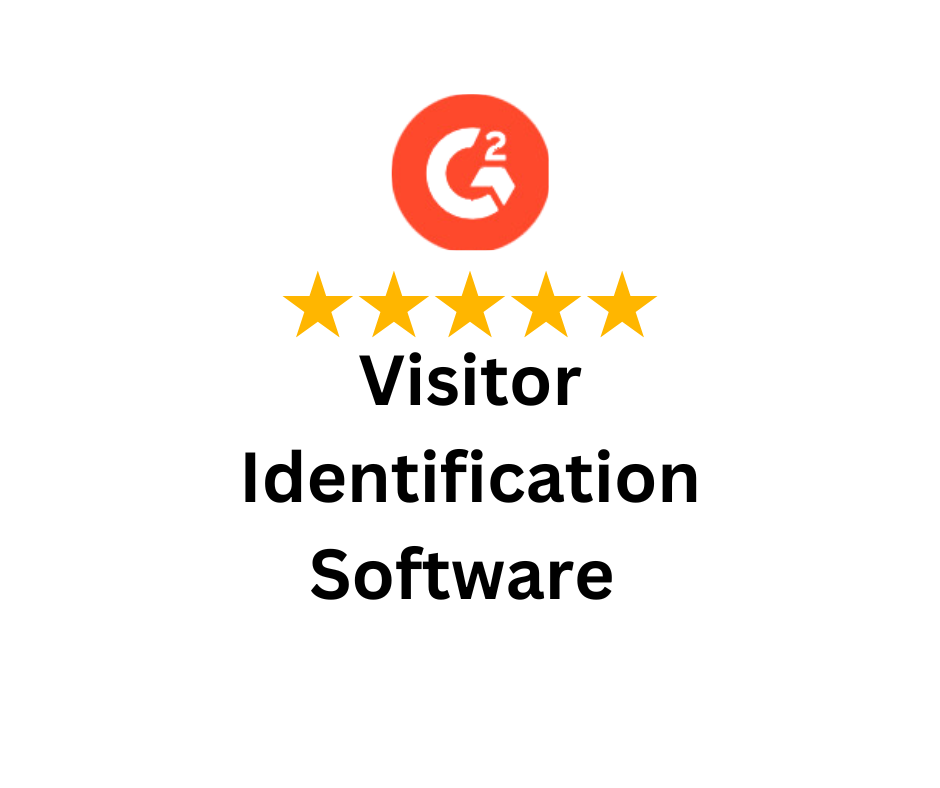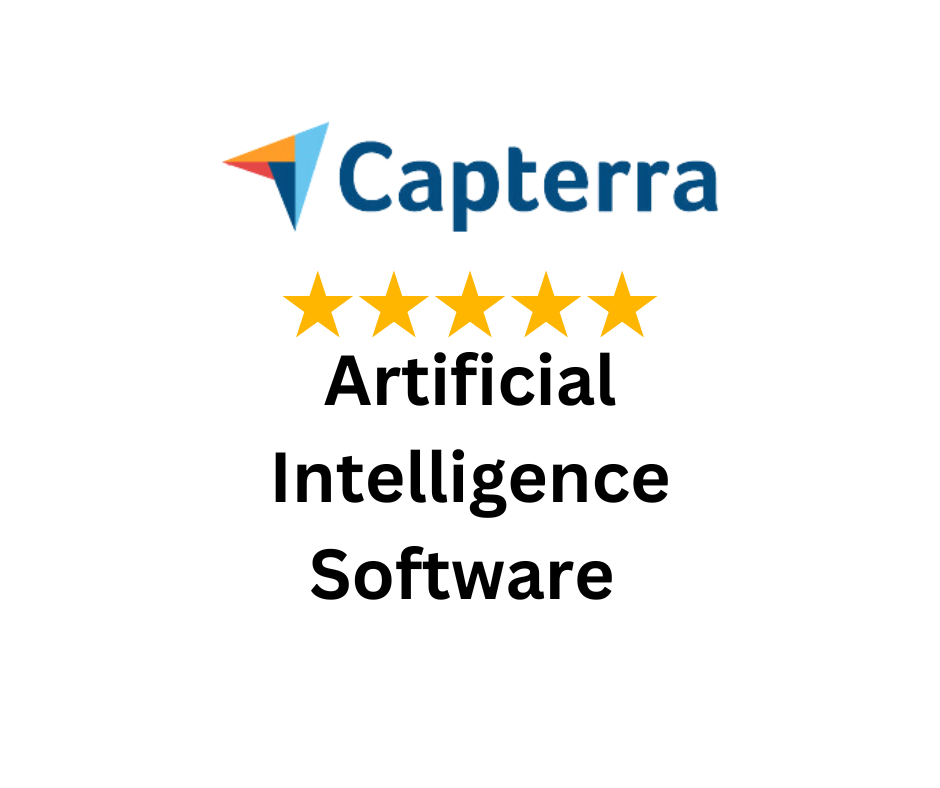Did you know the solar industry has grown rapidly from just 0.34 GW of capacity in 2008 to an impressive 97.2 GW today?
That’s huge growth, but it created a problem!

Nearly 3,000 solar companies now compete for the same customers across the United States.
This means the old ways of getting customers don’t work anymore. You can’t just put up a website and expect people to call. Modern solar lead generation needs smart planning.
You need multiple ways to reach people. You need technology to help find the right customers. And you need to respond fast when someone shows interest.
This blog compares the main methods being used this year, their costs, how quickly they work, and which ones fit different business types.

Most solar companies today start with digital strategies because that’s where customers look for information.
Let’s break down the three main approaches that actually work.

When people search for “solar panels near me” or “best solar installers,” you want your company to show up first. That’s what SEO does. It helps your website rank higher on Google and other search engines.
Content marketing works with SEO to improve your ranking. You write helpful articles that answer customer questions. This builds trust and brings people to your website.
Solar lead generation through content has big advantages:
How to generate solar leads with content means writing guides about solar installation, showing customer success stories, and explaining how solar financing works.
Companies that generate solar leads through content marketing such as writing detailed guides about solar installation, sharing real customer success stories, and explaining how solar financing works typically pay about $60 to $80 per lead. This approach focuses on attracting highly interested prospects by providing valuable information, which tends to result in higher-quality leads.
In contrast, purchasing leads from third-party companies often costs between $110 and $160 per lead. These purchased leads may be less qualified and require more effort to convert. Therefore, investing in content-driven lead generation not only costs less per lead but can also improve lead quality and long-term customer engagement.
You won’t see results right away. It takes 6-12 months of steady work. Companies that start early gain big advantages because their Google rankings continue to improve over time.
PPC ads put your company at the top of Google search results right away. When someone searches for solar information, they see your ad first. You pay each time someone clicks your ad.
Solar keywords cost a lot now. You might pay $20 or more for each click in busy markets. But here’s the good news – about 5-10% of people who click actually become customers. That makes PPC worth it when you do it right.
Good PPC campaigns include:
Lead generation solar campaigns work best when you use both search ads and display ads. Search ads catch people ready to buy. Display ads help people remember your company while they research.
Social media connects you with homeowners and businesses thinking about solar. Each platform works differently, so you will need different strategies.
Facebook works great for home solar because you can target specific types of people and connect with local groups. LinkedIn is better for business solar projects because you can reach facility managers and business owners.
Good social media lead generation for solar includes:
Different platforms need different content. Instagram is perfect for before-and-after photos. YouTube lets you share detailed videos about how solar works and how much money people save.
Technology has changed everything about finding solar customers. Here are the two tech tools that make the biggest difference right now.
Computer programs now help find the best potential customers. These AI systems work 45% better than old methods at turning prospects into paying customers. They study how people behave online to find warm leads before your competitors do.
Tools like Google Project Sunroof and Property Radar look at satellite images of roofs. They calculate how much solar power each house could make. AI systems take this information plus details about the homeowners, to score how likely each person is to buy solar.
AI can do several helpful things:
Speed matters a lot in solar sales. Studies show that 78% of customers pick the first company that responds to their question. This makes fast response systems critical for beating competitors.
Interactive tools grab attention right away while getting contact information:
Automated response systems work much better than waiting to start the follow-up manually, as they quickly engage the customer with a personal follow-up still essential afterwards to close the sale.
Your customer management system should connect everything together. Automated workflows keep talking to prospects without you having to remember every follow-up.
Old-school methods haven’t disappeared, they’ve just gotten smarter. These two approaches still deliver great results when you update them for today’s market.
The referral programs for solar power have huge rewards now that solar customers are worth so much to these referral programs. The modern referral programs use technology for tracking referrals and paying rewards automatically.
Current referral rewards include:
The above rewards are justified when considering that referred customers buy 3-4x more often than customers that just see an ad or talk to a stranger. It is a good investment for referral programs to pay big rewards.
Digital platforms eliminate the difficulty of referral tracking. Customers receive individual codes, can monitor their referrals and rewards in real time, and discounts on future services or repairs are applied automatically, removing the need for paperwork.
Think of Google My Business as your digital store front; it’s your place for local visibility, and it influences how high you show up in local searches.
You will need to optimize:
Email marketing is still highly effective for lead generation in solar campaigns because people take months to make decisions on solar. During that time, potential buyers are comparing options, reading reviews, and evaluating costs. Lots of research is involved in solar purchases, so you have to stay relevant.
The automated email series will help take prospects through the learning phases. It answers common worries, while keeping your company top-of-mind until they are ready to buy. You can also re-contact people from your list who weren’t ready the first time.
Now let’s get into the numbers. Here’s what each method actually costs and how well they perform so you can make smart budget decisions.
Understanding what each lead generation method costs helps you spend your marketing budget wisely. Costs vary a lot between different approaches, and so do timelines and conversion rates.
Method | Cost Per Lead | Timeline for Results | Conversion Rate | Best For |
SEO/Content Marketing | $60-80 | 6-12 months | High | Long-term growth |
PPC Advertising | $110-160 | Right away | 13-17% | Quick results |
Social Media | Changes a lot | 1-3 months | Medium | Building brand awareness |
Referral Programs | $25-100 reward | 1-2 months | Very High | Established companies |
Email Marketing | $10-20 | 1-6 months | High | Nurturing leads |
Acquiring a single residential solar customer for a standard 6.2 kW home system costs solar companies about $5,270 on average, this is the marketing and sales expense the business incurs to secure the customer, not what the customer pays for the system or what the company earns in profit.
Since each customer is worth so much, you can spend good money on lead generation when your conversion rates support profits.
If you think of purchasing solar leads from other companies usually costs more than generating your own leads. You also get less control over quality and timing. Companies that build their own lead generation systems get better long-term results and lower costs per lead.

Different methods give results on different timelines. You need strategic planning to keep leads coming in consistently. Successful companies use multiple methods to balance immediate needs with long-term growth.
Right Away (0-1 month):
Short-term (1-3 months):
Medium-term (3-6 months):
Long-term (6+ months):
Your business type affects which methods work best. Home solar companies do better with local SEO and social media marketing. Commercial solar companies get better results through LinkedIn ads and industry networking.

Getting started can feel overwhelming with so many options. Here’s a step-by-step plan that breaks everything down into manageable phases.
Building core infrastructure lets all your other lead generation work properly. This phase creates the foundation for sustainable growth across multiple channels.
Essential foundation pieces:
Foundation investments give immediate returns while supporting long-term strategies. Companies that skip foundation work struggle with lead management and turning prospects into customers.
The expansion phase not only means adding additional lead sources but also means getting existing channels to work better. Therefore the approach during this time will be much more content and relationship-based to set up for sustainable growth.
Key expansion activities:
Using multiple channels reduces dependence on just one lead source. It also gives you data to make better optimization decisions. Companies that diversify early get more stable lead flow long term.
The optimization phase leverages data and advanced tools as efficiently as possible. This phase is an ongoing process that continues to drive performance across each of your active channels.
Advanced optimization includes:
Ongoing optimization can provide you with a competitive edge as your market evolves and increases competition. Automated, data-driven optimization will have you using data-based optimization to make decisions rather than making an educated guess.
Appropriate and rigorous measurement ensures that your optimization efforts are being applied to activities that actually build your business. Solar companies need to track metrics that count better than just leads to provide real insight into the efficacy of a campaign.
Primary Metrics:
Secondary Metrics:
Quality often matters more than quantity. A channel that generates fewer leads but higher conversion rates usually gives better ROI than high-volume, low-conversion alternatives.
Performance varies a lot by location in solar markets. Companies that track regional differences optimize spending for local market conditions and competitive situations.
Modern analytics platforms offer the ability to track much more than basic website analytics. With the ability to connect marketing tools with customer management systems we are able to track the entire journey a customer has had.
Recommended measurement setup:
Attribution modeling is helpful, as prospects will generally engage with multiple channels before buying. First-touch attribution frequently undervalues nurturing work with a potential customer, and last-touch attribution fails to consider any brand awareness thinking it created can be missed in earlier touch-points.
In 2025, solar lead generation works best when companies mix fast channels like PPC and instant response tools with slower but more sustainable methods like SEO and content marketing. The best results come from tracking every dollar spent, knowing which leads convert, and improving the process over time. Companies that stay consistent with both short-term and long-term strategies are more likely to win in a competitive market.
Empowering businesses to optimize their conversion funnels with AI-driven insights and automation. Turn traffic into sales with our advanced attribution platform.

